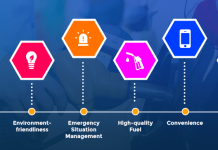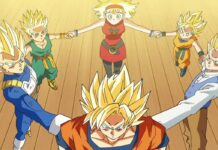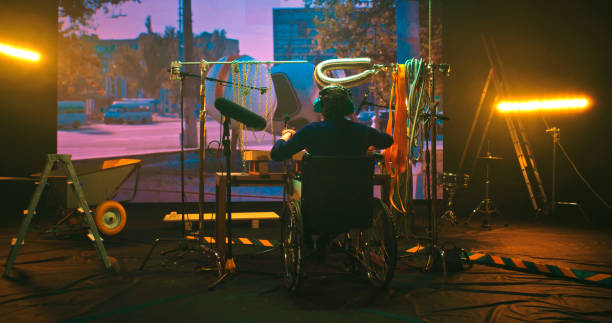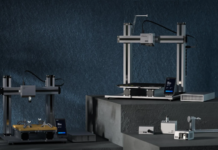The post-production process in animation is the process of putting all the pieces of the animation together into a final product. This includes adding final touches to the animation, such as sound effects and music. Once the post-production process is complete, the animation is ready to be released to the public.
After the animators have completed their work, it’s time for animation post-production. All the visual and audio elements are brought together and assembled into the final product. The post-production process can be divided into three main stages: editing, sound design, and color correction.
The animation is cut together from all the different scenes and shots in the editing stage. This is where the story starts to take shape. The editor also has to ensure that the animation flows smoothly and that the pacing is just right.
What Are The Steps Of An Animation Production Process?
Animation is a complex and time-consuming process. It involves many steps, from storyboarding and character design to animation and post-production. In this blog post, we’ll look at the different phases of an animation production process.
The animation production process typically consists of the following steps:
1. Pre-production: This is the stage where the project is planned, and the team is assembled.
2. Storyboarding: The storyboard is a comic book-style film visualization. It’s used to plan out the shots and scenes.
3. Character design: The character designer creates the look of the characters and designs their outfits.
4. Animation: The animators bring the characters to life with their movements.
5. Post-production: The post-production team adds the finishing touches, such as sound effects and music.
Is Animation Part Of Post-Production?
While animation is its process, it is often considered part of post-production. Post-production fine-tunes a piece of media after it has been filmed or recorded. This can include adding visual effects, sound effects, and music. It can also include editing the footage to create a cohesive story. Animation is often used in post-production to create visual effects or add characters that could not be filmed.
What Is The Most Important Part Of Film Post-Production?
After the cameras stop rolling and the actors have gone home, the real work of making a film begins. Post-production is editing the raw footage, adding special effects, and creating the finished product that audiences will see.
While every part of post-production is necessary, one task that is essential to the film’s success is color correction. This is the process of adjusting the colors in the footage to create the desired look. It is often done by hand, frame by frame, to get the perfect result.
Color correction is essential because it can affect the mood of the film. The right colors can make a scene look more vibrant and alive, or they can make it look more subdued and calming. They can also be used to correct problems with the footage, such as making a blue sky look more realistic or making a white object look brighter.
In conclusion, the post-production process in animation is the same as for any film, movie, or TV show. It follows the same model as the traditional film does. It involves shooting a film, editing, adding effects, mixing sound, and finally, color grading.


























